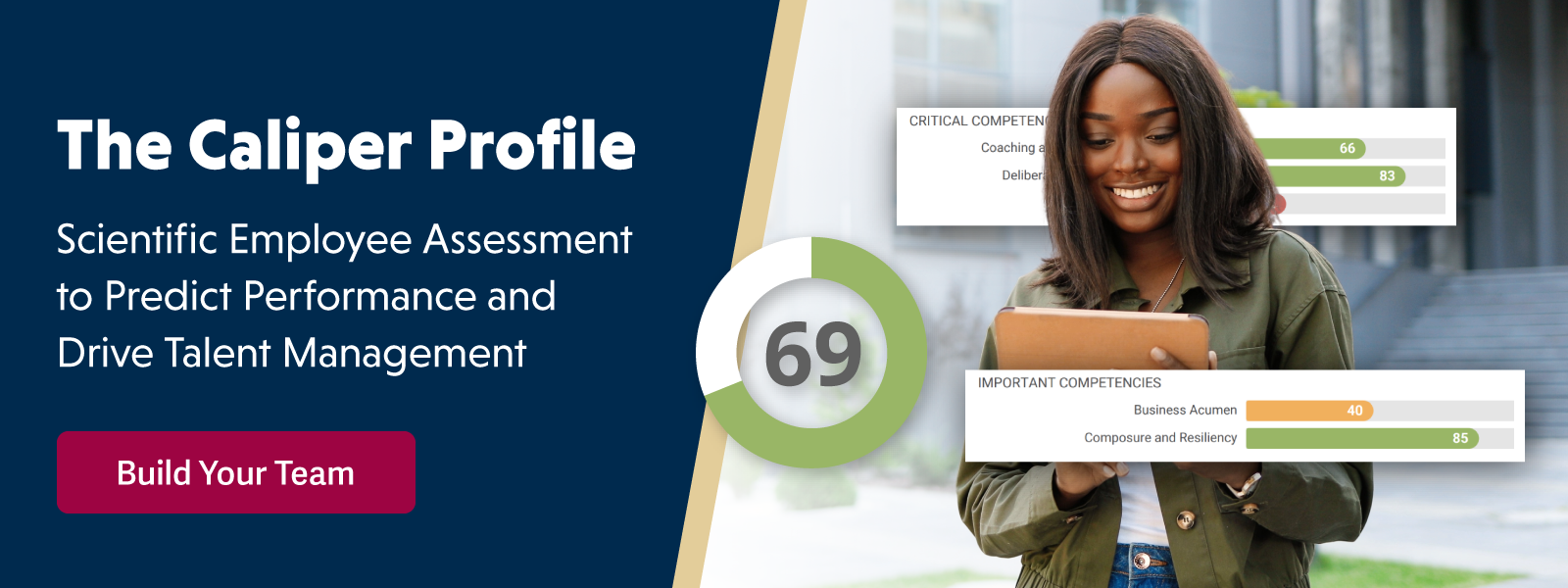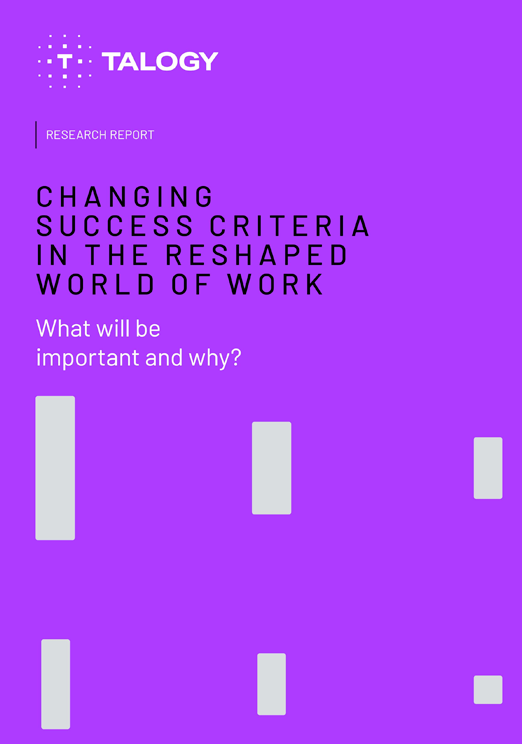Companies are well on their way to filling positions and regrowing their teams since the hiring slow down we saw in 2020. As the race to find talent ramps up, recruiters are focused on finding and appeasing the needs of their perfect candidates. But recruiters need to look inward to make their company stand out.
You know the dopamine spike you get from finding a candidate with the proper skill set, experience, and apparent culture fit. Things are about to get very competitive. Imagine that a near-perfect candidate chooses one of your competitors because they provided a better candidate experience. Even if your benefits package is competitive, the ease of the hiring process will reflect how your organization operates, and you need to show off your attention to detail.
Do some spring cleaning in these three critical areas of focus to keep a competitive candidate experience in your talent search.
Improving your company’s #candidateexperience starts with your careers page. Get @CaliperCorp’s tips on their blog: Share on X1. Your Application
Start with your careers page and your application. Your careers page is a billboard for your company. Make sure it’s mobile-friendly and easy to apply. Be clear and concise in how you portray your company, but show off your culture, too. Refresh how you represent your company on this page. The page should be tailored to your candidate’s needs rather than bragging about your company’s accomplishments.
Consider including these on your careers page:
- Company culture video
- Growth opportunities
- Exact benefits
- Career site chatbot for 24/7 assistance
Tip: Did your company shift to remote work? Your in-office ping pong table and breakroom snacks are no longer relevant. Make sure any changes in benefits (tech stipend, flex time, remote or hybrid office environment) are reflected on your careers page.
Your actual application should be quick and straightforward. An overly complicated process with repeat questions that could be answered through a resume will start your process off on the wrong foot if they apply at all. 60% of job seekers abandon the application process if it takes too long or is too complex. Though every company and position is different, in most cases, a resume, cover letter, and portfolio link are all you need to decide if you should schedule an interview.
Application best practices:
- Provide clear instructions
- Optimize applications for mobile
- Enable the LinkedIn quick apply option
- Don’t require candidates to make an account
- Send a confirmation email after they submit
The application process needs to be a quick first step for hiring departments to base the next steps on. A candidate shouldn’t be stuck spending hours filling out open-ended questions if they’ll receive an immediate ‘no’ because of their years of experience or a missing certification.
2. Interview Scheduling
The interview scheduling process can quickly get messy, awkward, and is ripe for hurting candidate experience. As mentioned above, every application should be followed up with immediate confirmation of receipt email. Thank them for taking the time to apply and be clear about the next steps in the hiring process. Will they receive an email? When is the latest they would hear back?
53% of applicants say they did not receive a response from employers until three months after applying. And, 83% of candidates say it would greatly improve their overall experience if employers provided a clear timeline of the hiring process. Don’t overpromise — they just need a rough timeline.
If you’re emailing them to set up an interview, avoid unnecessary back and forth by providing some suggested times or windows rather than asking about availability. Even better, leverage automation to automatically work with the candidate to find time on your calendar for an interview.
@CaliperCorp says hiring managers should review these three parts of their process to keep their #candidateexperience competitive: Share on XPeople wait anxiously to hear back after an interview. Let candidates know if you’re not interested as soon as possible. If you’re slow to respond or fail to respond completely, your company will leave a bad taste in their mouth. If you had an interview with them, take the time to send them a personal email and highlight their strengths rather than sending a generic email to each.
3. Personalized Onboarding
Candidate experience doesn’t end when an offer letter is signed. Your onboarding experience sets the tone for a new employee’s experience while getting to know their team and learning about the company’s attitudes, methods, culture, and tools. With increased remote work, your onboarding process needs increased personalization and should feel as welcoming as it would in-office.
Onboarding tips:
- Spread out the paperwork. Don’t overwhelm new hires by only focusing on onboarding documents on their first day.
- Make your new hire feel part of the team by greeting them with (or sending) branded company swag.
- Train cross-department so your new hire understands how the departments work together.
- Set expectations early for communication guidelines and deadlines.
- Don’t leave room for awkward downtime. Keep their first days tightly structured.
Simplify Selection
A quick and efficient hiring process benefits recruiting teams, those hired, and those that weren’t the right fit. Hiring teams can boost efficiency and boost their candidate experience by leveraging selection tools to identify critical information to gauge candidate fit and guide interviews.
The Caliper Essentials for Selection report compares candidate results to a validated job model to inform you of their overall fit. The report is designed to support varying roles within your selection process.
In addition to a report on a candidate’s fit with a particular job role, you are also given potential interview questions to help probe into developmental opportunities for the candidate, allowing you to further comprehend the individual’s potential within the role.
Information at your fingertips:
- Overall fit score
- Key findings and recommended behavioral interview questions
- Summary of scores for critical, important, and supporting competencies
- Role-specific summary of the strengths and areas of development
- A detailed overview of how the individual communicates works with others, solves problems, makes decisions, and organizes and prioritizes time
View a Sample Report
You can transform your organization with Caliper’s scientifically validated assessments and reports and send your offer letters knowing your candidate experience stands out and your selections are perfect for your organization. See what Caliper can do for your candidate experience.


